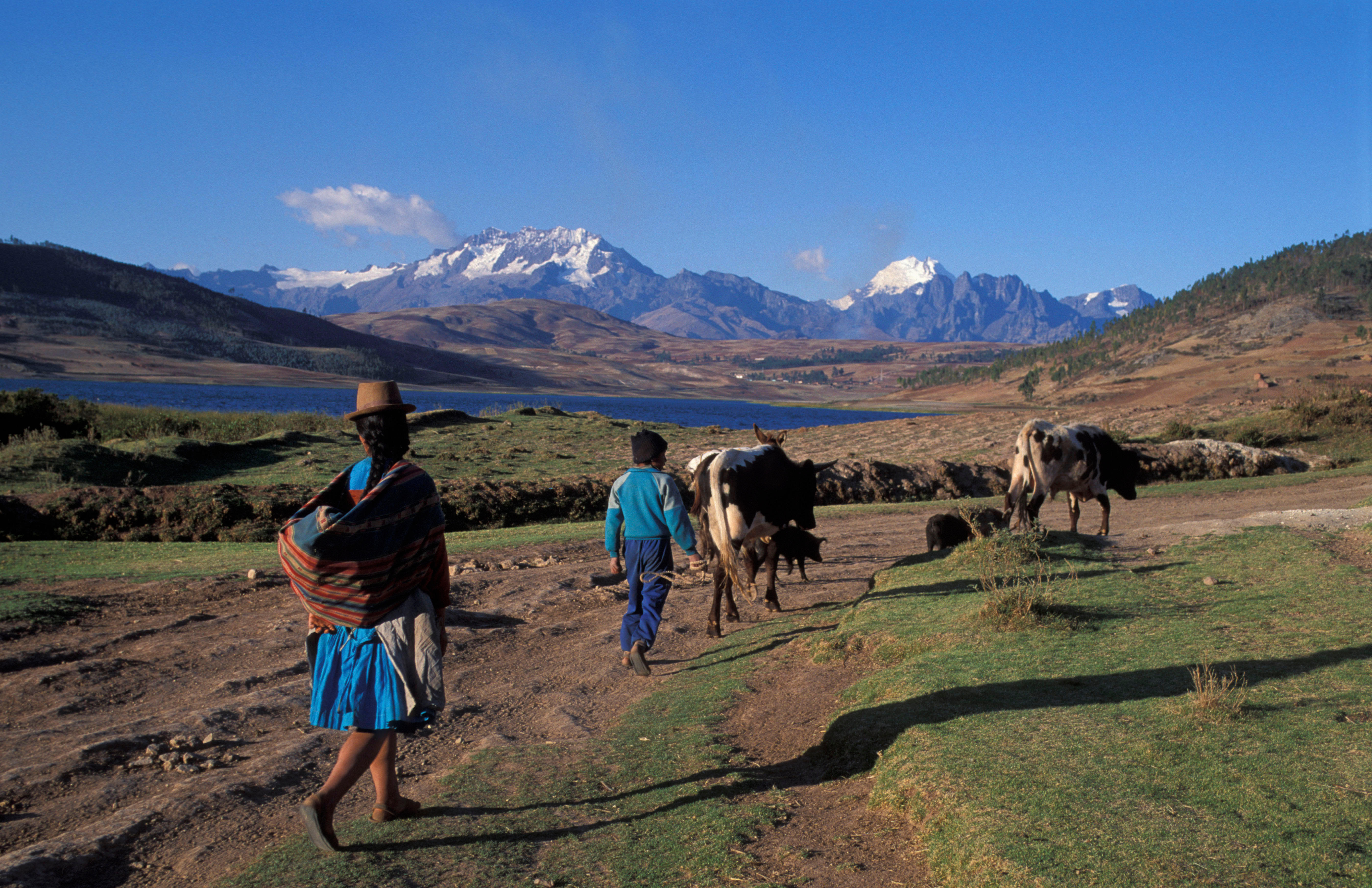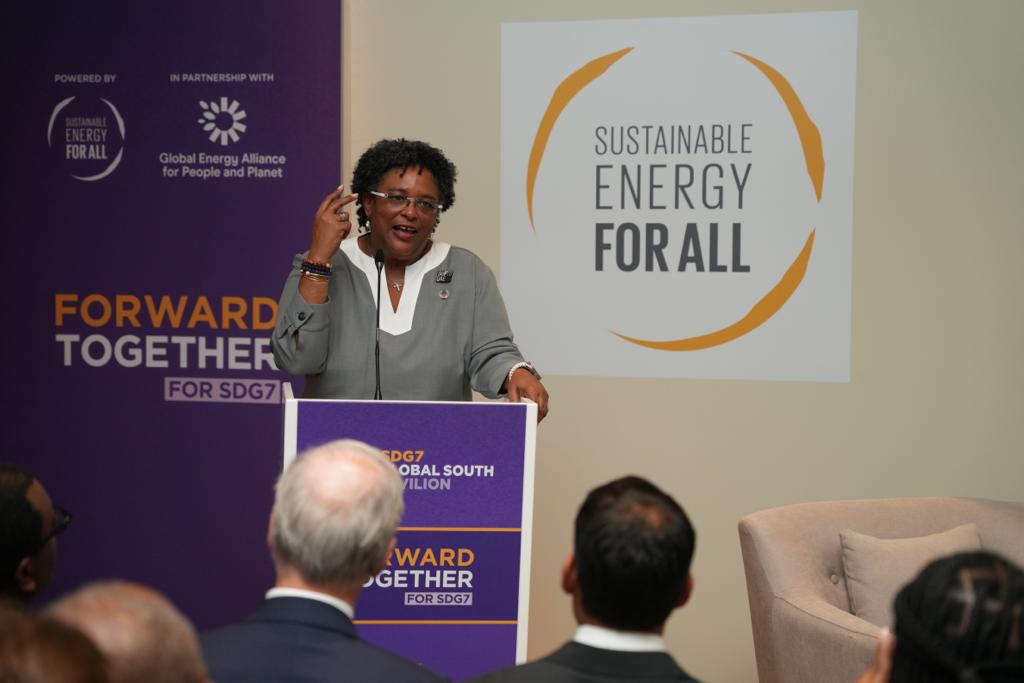Among the Sustainable Development Goals (SDGs) recognised by the United Nations, ‘access to clean and affordable energy’, ‘decent work and economic growth’, and ‘gender equality’ are pivotal to a people-positive transition and ensuring a just and inclusive development worldwide.
In India, with about 65% of the population residing in rural areas, rural development is integral to the nation’s overall development strategy. Since 2001, India has extended electricity access to over 800 million people, yet 2.4% of households remain unelectrified, and of the electrified households, only 0.33% are powered by off-grid sources.
Geographic limitations, policy inconsistencies and lack of infrastructure hinder universal electrification. Distributed Renewable Energy (DRE) such as solar mini-grids offer a cost-effective and innovative solution to expand energy access and drive rural development towards India’s larger vision of ‘Developed India 2047’ (Viksit Bharat 2047).
Current Challenges in the Rural Electrification
Although India is nearing its goal of connecting 100% of households to the national grid, quality and reliability of power remain critical issues, particularly in the Northeast region. States like Nagaland face challenges with intermittent supply, low voltage, and frequent power outages. Both grid extension and renewable energy infrastructure development require significant upfront investments. Even with infrastructure, geographic conditions and transportation, maintenance, and service charges increase energy costs. The limited availability of skilled professionals also hinders technology installation and maintenance. The lack of energy access impacts the local economy, job opportunities, and overall quality of life. Adequate support, policy reforms, and technological aid are crucial to overcoming the current challenges in the energy landscape and the realisation of SDGs.
Socio-Economic Impact of DRE: Case Studies from India
DRE systems across India have significantly impacted the energy landscape and the socio-economic sphere. A report by the Council of Energy, Environment and Water (CEEW) shows that DRE technologies improve income, confidence, knowledge, skill development and community participation by women. Several government initiatives harness DRE potential, such as the 2015 Unnat Jyoti by Affordable LEDs for All (UJALA) scheme, which facilitated the sale of 407.92 crore LED bulbs, and the Street Lighting National Programme (SLNP) which generated over 13000 jobs. The Pradhan Mantri Sahaj Bijli Har Ghar Yojana (SAUBHAGYA) scheme, launched in 2017, acknowledges the role of safety and productivity, employment generation, improved healthcare, and knowledge-building in rural development. The Pradhan Mantri Kisan Urja Suraksha Evam Utthaan Mahabhiyan (PM-KUSUM) scheme factors in the financial and water security of farmers and encourages the use of off-grid renewable solutions such as decentralised ground-mounted solar power plants and independent solar-powered agriculture pumps to minimise reliance on the grid. In support of the scheme, Mahatma Phule Renewable Energy and Infrastructure Technology Limited (MAHAPREIT) collaborated with the Global Energy Alliance for People and Planet (GEAPP) to facilitate the implementation of 500 MW of ground-mounted decentralised solar.
Access to reliable and clean energy is critical in Northeast India due to geographical constraints, and dispersed villages. Mithun Rural Development Foundation (MRDF), a Special Purpose Vehicle (SPV) of HAMARA GRID signed a Memorandum of Understanding (MoU) with the Government of Nagaland to implement a sustainable and low-carbon model of development across over 1000 villages in Northeast India. Their ‘Rural Development through Mini-Grids’ initiative is supported by the National Bank for Agriculture and Rural Development (NABARD), Smart Power India (SPI), World Resources Institute (WRI India), and other renowned organisations and aims to electrify 132 villages in Mon district, Nagaland. As of June 2024, the project has electrified 10 villages, reached over 2000 consumers, powered 287 productive loads, reduced 107 tons of greenhouse gas emissions, and mobilised $6 million in finances. The program has also generated about 120 direct jobs, 71 benefiting women, showcasing the transformative potential of DRE.
The Future of Rural Development in India through DRE
Sustainable development and climate conservation are intricately linked with affordable, accessible, and efficient energy. A report by the Global Challenges Foundation (GCF) and CEEW reveals a $53 billion market potential for clean energy in rural areas. Continued investment, public-private-philanthropic collaborations, and policy support are key to scaling DRE and ensuring inclusive and sustainable rural development. By enhancing energy access, boosting the local economy, providing a reliable energy source for remote communities, and promoting gender equality, solar mini-grids are redefining India’s future energy landscape.








